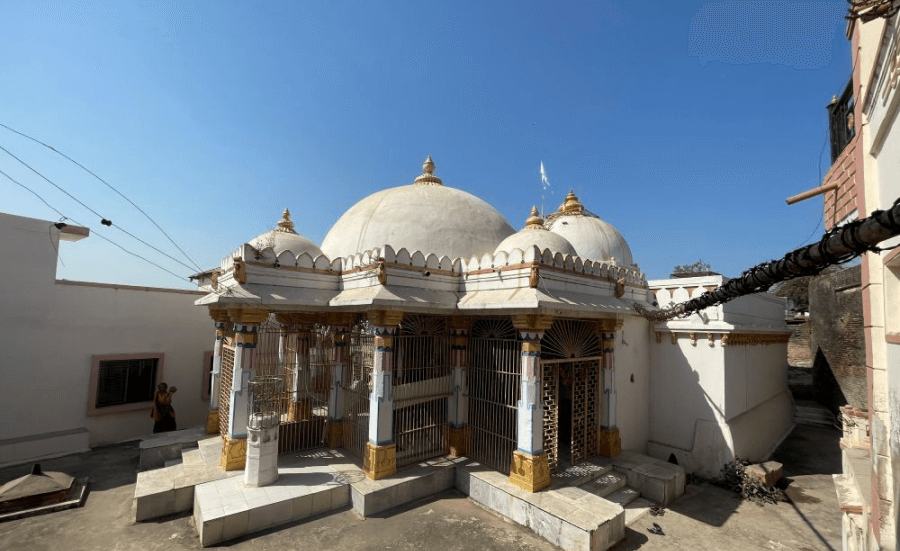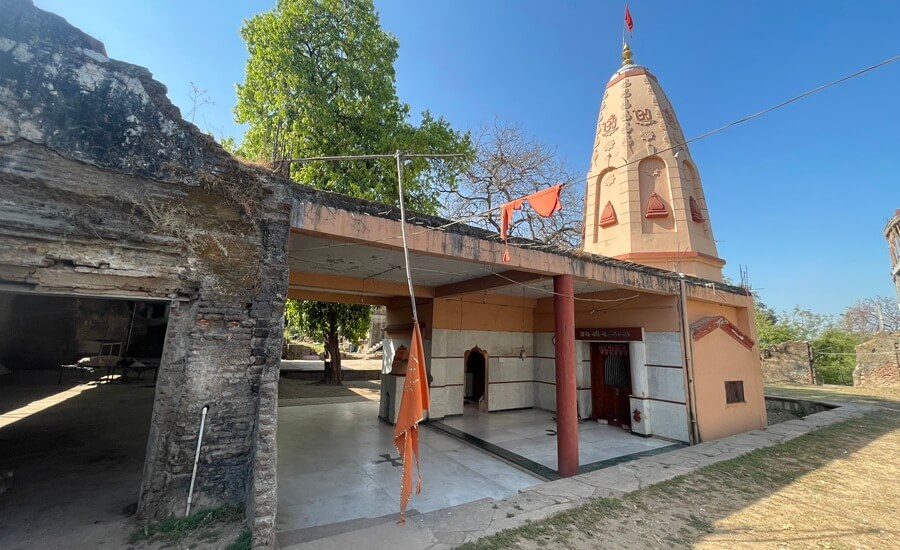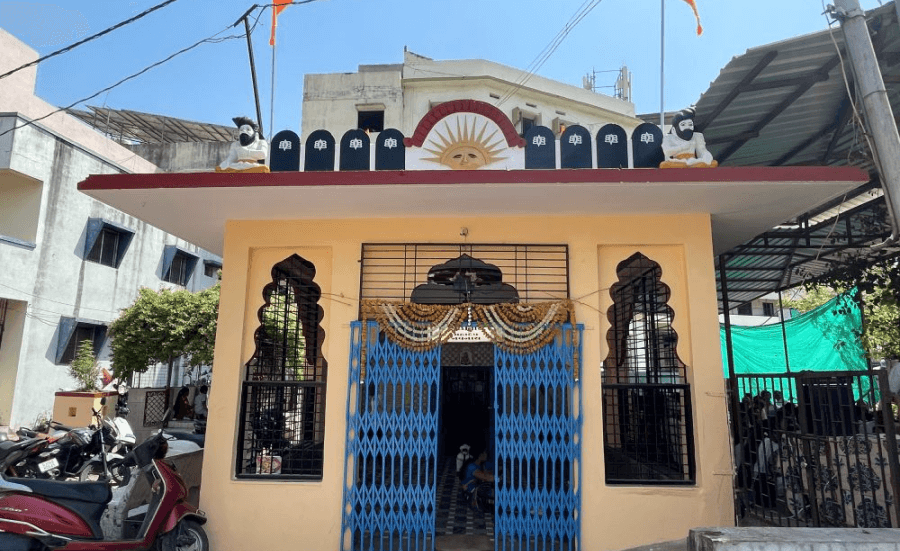
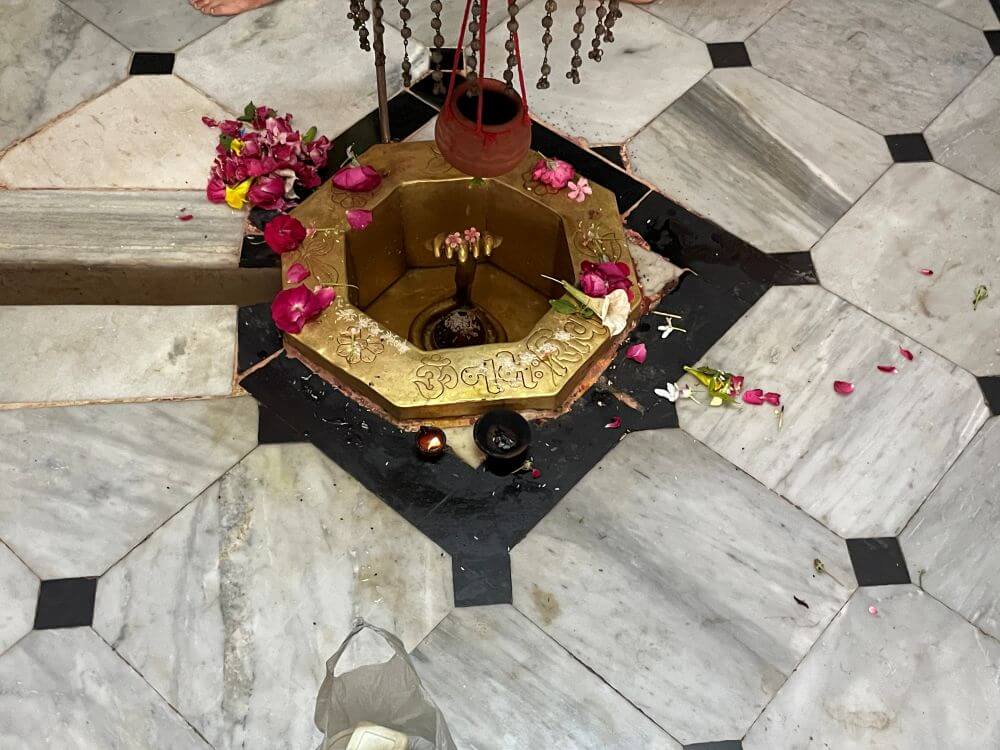 Located on the banks of the Vishwamitri River, Vadodara is a city of both mythological and historical significance. Within this city are nine Shiv temples, collectively known as the Navnath Mahadev temples, believed to be the guardians of Vadodara. Among them, Siddhanath Mahadev is considered the first Nath. This temple is located near Khanderao Market in the city. Devotees believe that worshiping Siddhanath Mahadev with devotion can remove astrological doshas (planetary faults) in one’s horoscope, attracting hundreds of devotees for darshan (viewing the deity).
Located on the banks of the Vishwamitri River, Vadodara is a city of both mythological and historical significance. Within this city are nine Shiv temples, collectively known as the Navnath Mahadev temples, believed to be the guardians of Vadodara. Among them, Siddhanath Mahadev is considered the first Nath. This temple is located near Khanderao Market in the city. Devotees believe that worshiping Siddhanath Mahadev with devotion can remove astrological doshas (planetary faults) in one’s horoscope, attracting hundreds of devotees for darshan (viewing the deity).
In the August 1924 issue of the renowned journal ‘Indian Antiquary’, the famous archaeologist and historian Anant Sadashiv Altekar published a research article titled ‘A History of Important Ancient Towns and Cities in Gujarat and Kathiawad’. 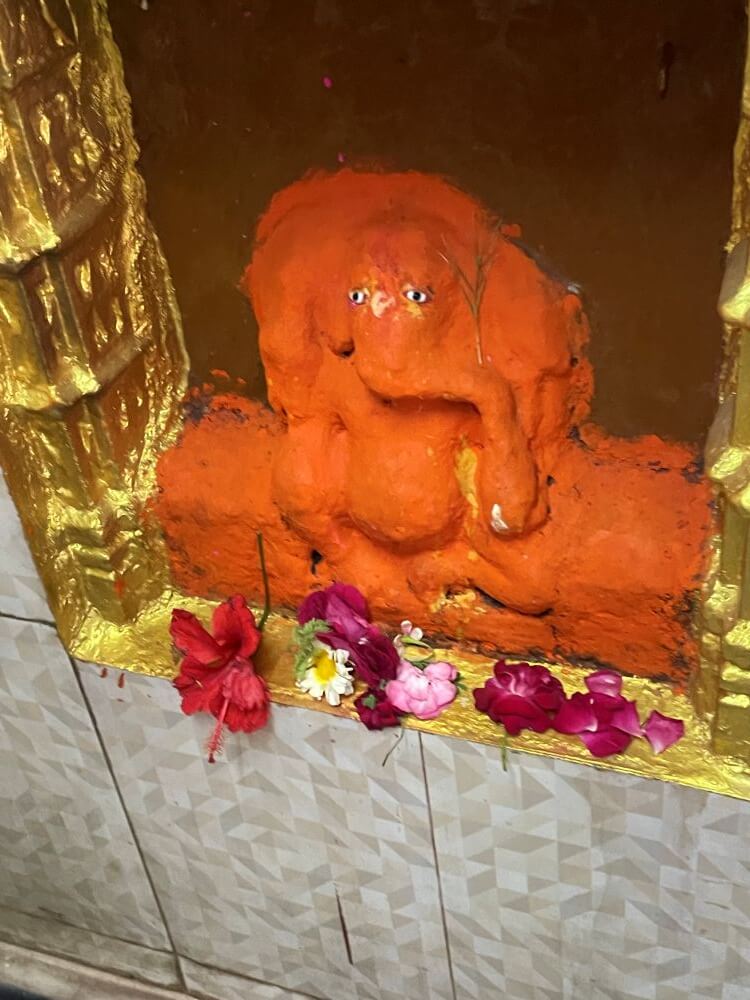 According to this article, Vadodara (formerly Baroda) was once known as Vatpatrak or Vatpatrapur. Until the 9th century, it was a small village. Gradually, it developed and began to be referred to as ‘Pur’. Altekar also mentions that in ancient times, the area was known as Chandanavati and later as Varavati, although no written records exist for these names. The city gained historical prominence due to the Baroda princely state.
According to this article, Vadodara (formerly Baroda) was once known as Vatpatrak or Vatpatrapur. Until the 9th century, it was a small village. Gradually, it developed and began to be referred to as ‘Pur’. Altekar also mentions that in ancient times, the area was known as Chandanavati and later as Varavati, although no written records exist for these names. The city gained historical prominence due to the Baroda princely state.
The Vishwamitri River, flowing through the city, is believed to be named after Sage Vishwamitra, who was a Kshatriya king that attained the title of Brahmarshi through intense penance and is credited with composing the sacred Gayatri Mantra of the Rigveda. According to legend, he performed penance in what is now Vadodara and consecrated nine Shiv Lingams at different locations in the city, which became known as the Navnath Mahadev. These include Siddhnath Mahadev, Ramnath Mahadev, Thekarnath Mahadev, Motnath Mahadev, Kamnath Mahadev, Bhimnath Mahadev, Kashi Vishweshwar Mahadev, Jagannath Mahadev and Kotnath Mahadev. These temples are typically located near the banks of the Vishwamitri River, close to ponds or cremation grounds. It is believed that the spiritual benefit and divine blessing gained from visiting these Navnath temples equals that of visiting the 12 Jyotirlingas of India. Interestingly, when these temple locations are plotted on a map, they are said to form the sacred symbol ‘ॐ’ (Om).
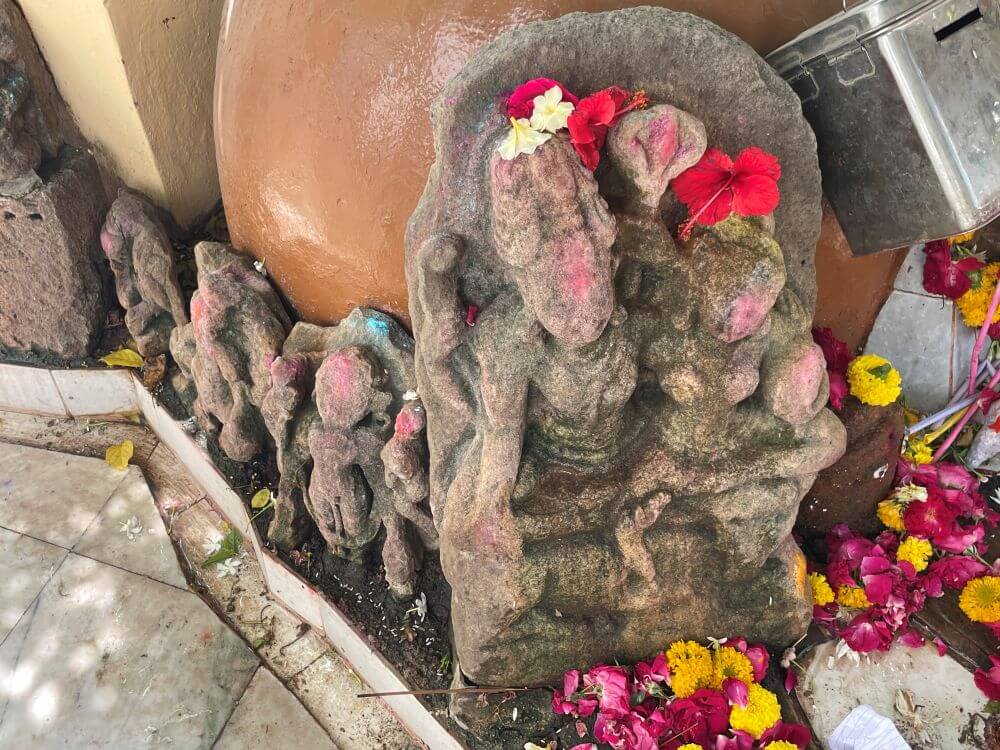 Located near a lake, the Siddhanath Mahadev Temple was renovated in the mid-20th century by the Gaekwad dynasty of Baroda. Many saints have bathed in this lake and it is believed that every Shankaracharya has bathed here at least once and offered prayers to Siddhanath Mahadev. Near the lake is also an ancient stepwell.
Located near a lake, the Siddhanath Mahadev Temple was renovated in the mid-20th century by the Gaekwad dynasty of Baroda. Many saints have bathed in this lake and it is believed that every Shankaracharya has bathed here at least once and offered prayers to Siddhanath Mahadev. Near the lake is also an ancient stepwell.
The temple is modest in size, consisting of a main hall (sabhamandap), antechamber (antaral) and sanctum sanctorum (garbhagriha). The hall has a flat ceiling, with a central image of the Sun and four Shiv Lingams around it. On either side of the ceiling are sculptures of meditating sages. The inner walls are covered with tiles and the floor is made of marble. A stone idol of Nandi is placed in the hall. The entrance to the antechamber has a tile featuring an image of Lord Shiv and within the chamber are idols of Lord Ganesha and Hanuman. The sanctum is compact, 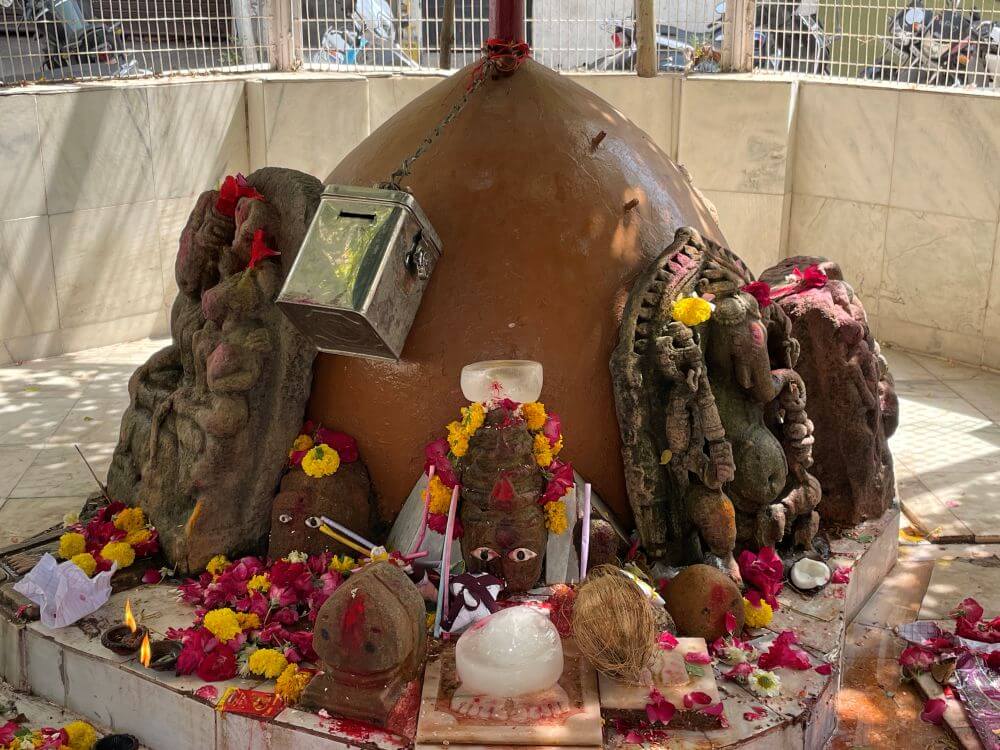 accommodating around three people at a time.
accommodating around three people at a time.
Inside the sanctum is a small Shivling of Siddhanath Mahadev placed in a hexagonal Panchdhatu (five-metal alloy) shrine. A serpent forms a canopy over the Shivling, with rudraksha garlands hanging around the umbrella-like top. On the wall behind the Shivling is an idol of Goddess Parvati and Lord Ganesha also has a place within the sanctum. During festivals, a decorative face of Shiv (Shivmukh) is placed over the Shivling.
On the left side of the Siddhanath Mahadev Temple, in a circular shrine, there are the sites of Sheetala Mata and Baliya Dev. Along with the idols of these deities, there are some ancient sculptures here. Notable among these are a sculpture of Parvati sitting on Shiv’s lap,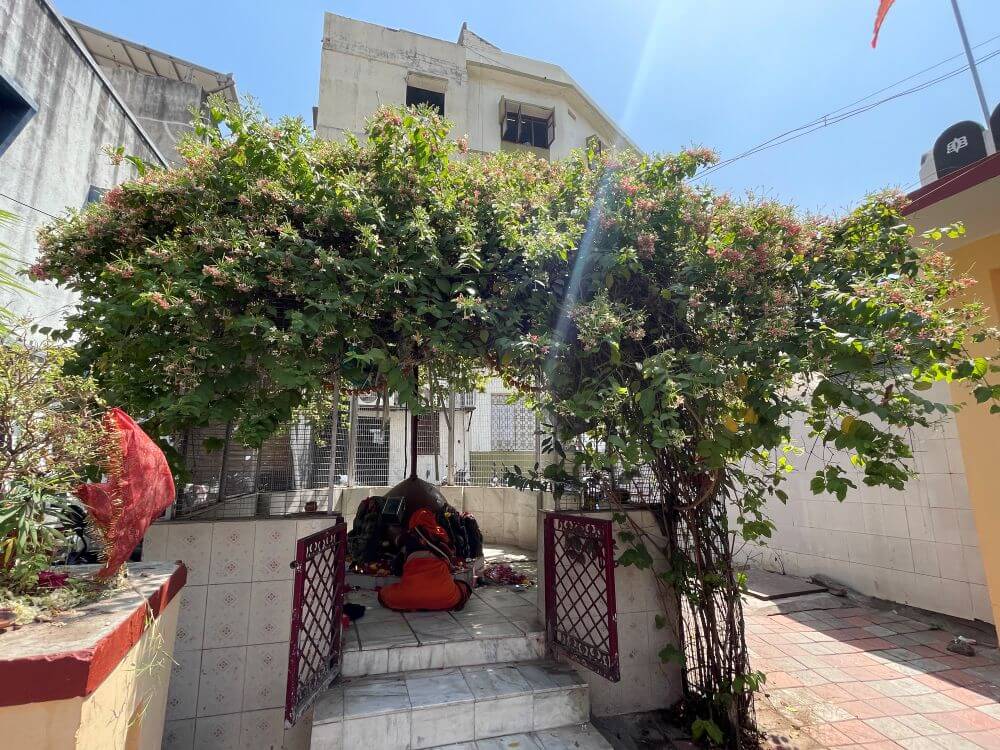 an idol of Ganesha and an unidentified goddess with her attendants by her side. Most of the idols here are in a damaged state.
an idol of Ganesha and an unidentified goddess with her attendants by her side. Most of the idols here are in a damaged state.
Adjacent to this temple are other shrines such as Vitthal Temple and Siddhnath Ganapati Temple. The Vitthal Temple here is nearly two hundred and fifty years old. The consecration of Panduranga and Rukmini in the temple was done in 1849. The temple is housed in a magnificent two-story wooden building. The architecture of the temple resembles that of Peshwa era mansions. The temple’s antiquity is evident from its teak pillars, lattice work, terrace railings and the wooden carved sanctum. In the temple’s assembly hall, a statue of Garuda, Vishnu’s vehicle, is installed on a high marble platform. Various images of sages, saints and virtuous people are displayed in the assembly hall. An ancient black stone idol of Vitthal and Rukmini is enshrined in the sanctum.
Many religious rituals including Laghu Rudra are performed in the Mahadev Temple here. Shiv is considered the lord of the nine planets. Therefore, special rituals are performed here to remove planetary afflictions. The area becomes crowded with devotees on the day of Mahashivaratri. On this day, continuous chanting of the Mahamrityunjaya mantra and Laghu Rudra Havan are performed in the temple. Many devotees come here for darshan on every Monday of the Shravan month. On the last day of this month, a Kavad Yatra (pilgrimage with water pots) sets out from the temple. It concludes at the Jaganath Mahadev Temple. Thousands of devotees participate in this Kavad Yatra organized by the city’s ‘Navnath Mahadev Kavad Yatra Committee’. A large tin-roofed pavilion has been built next to this temple for assemblies, meetings and religious programs.
